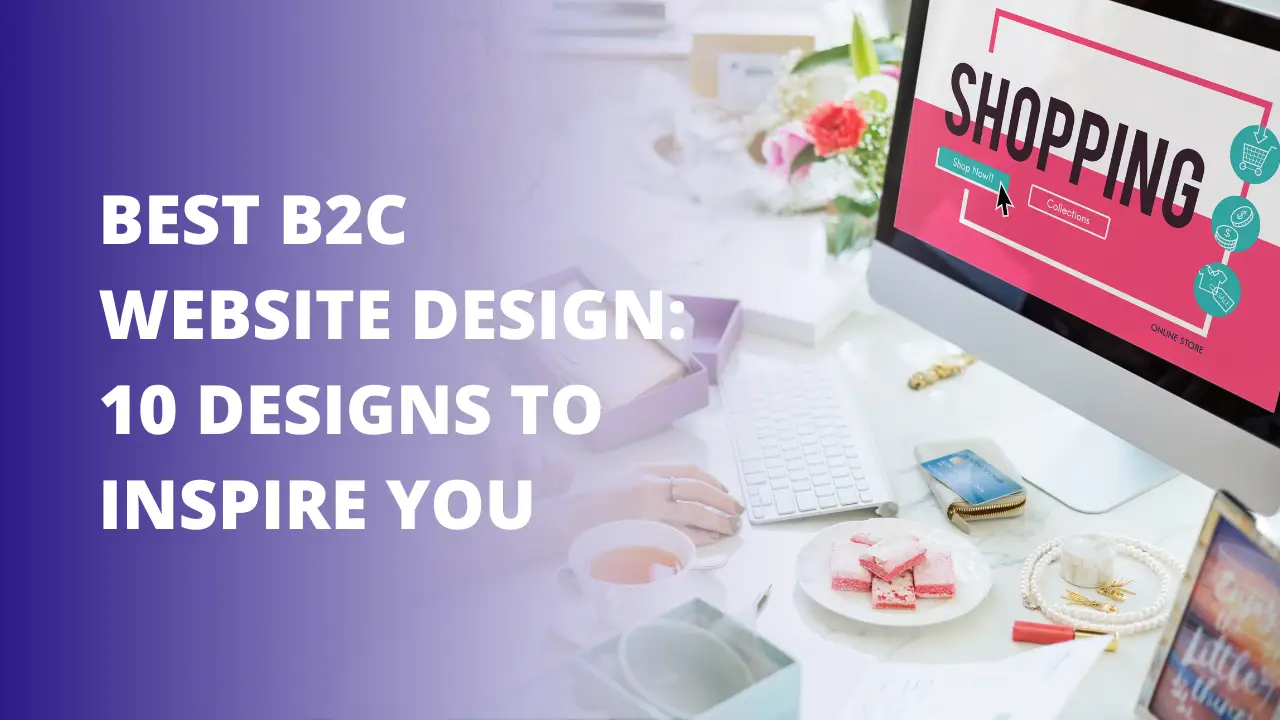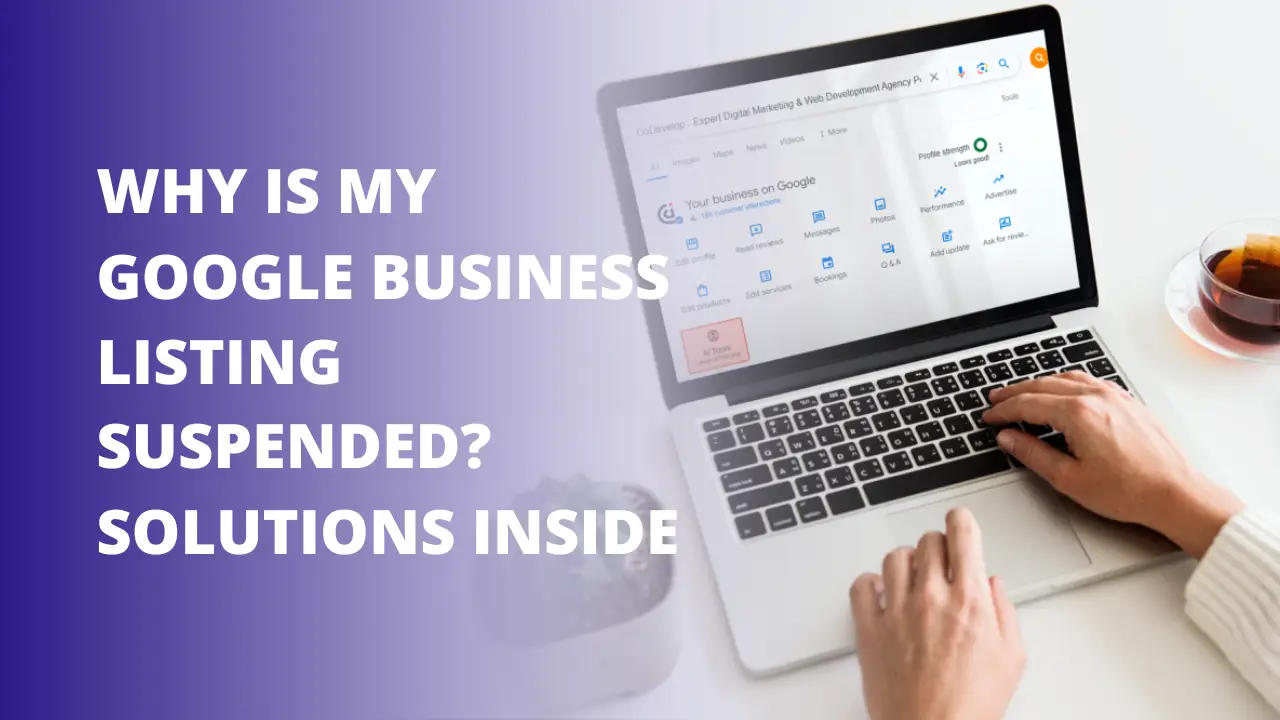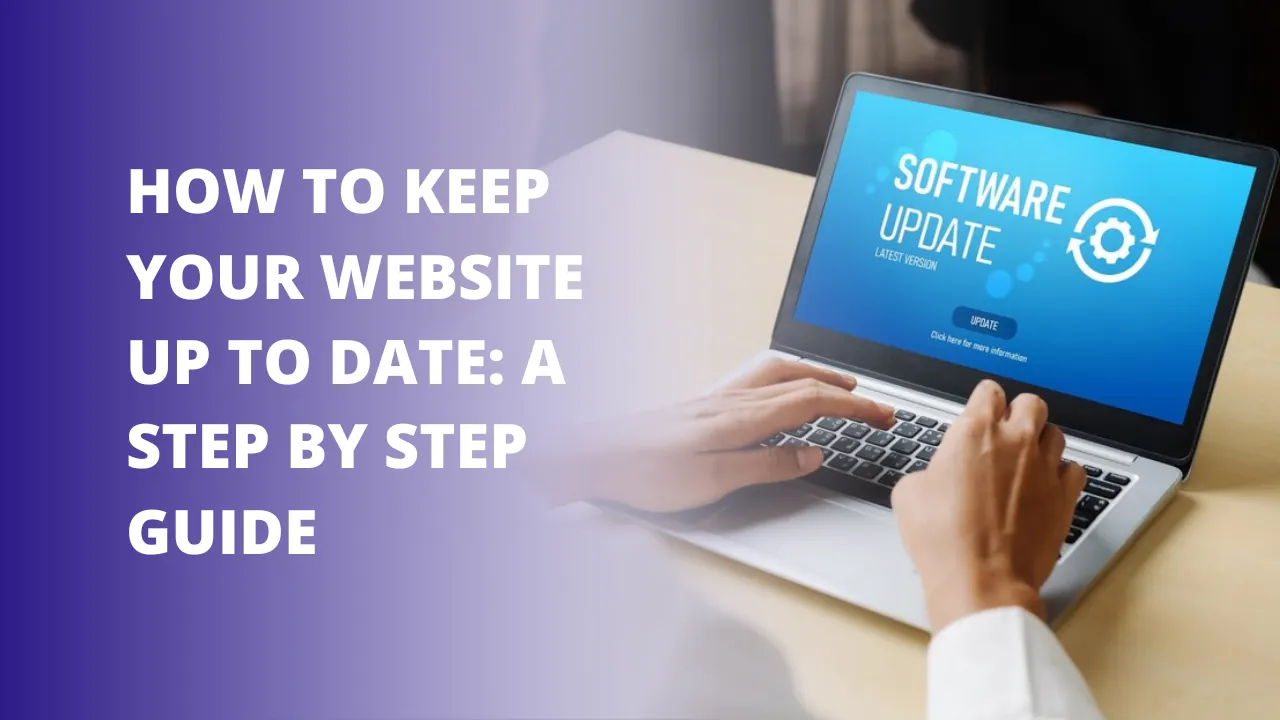 Modern Ecommerce With UX Design Trends
Modern Ecommerce With UX Design Trends- Trends In UX Design For Ecommerce
- 1. Mobile-first Design and Small Screen Optimization
- 2. Personalization and recommendations enabled by AI
- 3. Immersive Experiences Using Augmented Reality (AR) and Virtual Reality (VR)
- 4. Chatbots and voice-activated commerce
- 5. Simpler Payment Methods and Checkout Procedures
- 6. Web applications that are in development (PWAs)
- 7. Social Business
- UX design for e-Commerce benefits
- FAQ's
 Modern Ecommerce With UX Design Trends
Modern Ecommerce With UX Design Trends
If you want to turn a website visitor into a customer, you must make sure they have a positive experience. You must present a superior substitute because your rival is easily found online. This implies that you need to stay up to date and make your eCommerce website design both easy to use and aesthetically appealing.
This article is meant to teach you a bit about what is hot in UX for ecommerce. We'll concentrate on market trends to assist you in determining what can change for your e-commerce business. Businesses can anticipate the growth of the following trends in UX design for eCommerce this year:
Trends In UX Design For Ecommerce
1. Mobile-first Design and Small Screen Optimization
eCommerce companies must adopt a mobile-first design strategy due to the rise in the use of mobile devices for online shopping. This approach places a higher priority on creating for smaller screens before scaling up to larger ones. The ease of use and navigation of eCommerce websites and applications on mobile devices is ensured by mobile-first design, which is essential for gaining and retaining customers.
A brand-new trend in mobile UX design has emerged as a result of the recent boom in foldable mobile devices. In the coming years, responsive design for foldable phones will be crucial to ensuring that all websites are compatible with these new form factors.
2. Personalization and recommendations enabled by AI
eCommerce is seeing a rise in the popularity of customization. It comprises adjusting the online shopping experience to fit the particular needs and preferences of each customer. By using data analytics, machine learning, and artificial intelligence in eCommerce, customization may now be enhanced. Delivering tailored recommendations and content can help businesses increase customer engagement and loyalty.
3. Immersive Experiences Using Augmented Reality (AR) and Virtual Reality (VR)
New technologies like augmented reality and virtual reality have the power to completely change internet commerce. Customers may enjoy immersive experiences with AR and VR that let them virtually try on clothing, visualize objects in their homes, or browse merchandise in a virtual store. Virtual and augmented reality have the power to completely revolutionize businesses by boosting customer engagement and offering a distinctive shopping experience that separates them from their rivals.
4. Chatbots and voice-activated commerce
Chatbots and voice-activated shopping are two further new trends in eCommerce. These technologies combine machine learning and natural language processing to give customers a conversational interface for interacting with businesses. Chatbots and voice-activated commerce can help firms provide individualized and effective customer support, increasing consumer satisfaction.
5. Simpler Payment Methods and Checkout Procedures
A challenging checkout process could lead to cart abandonment and fewer sales. Because of this, companies are introducing streamlined checkout procedures that require fewer steps and less manual input. Companies are also providing a range of payment options, such as installment payments, digital wallets, and mobile payments, that make it simple for customers to pay for their purchases.
6. Web applications that are in development (PWAs)
Online applications called Progressive Web Applications (PWAs) offer consumers a user experience similar to that of native apps. PWAs use web technologies to provide stable, speedy, and interesting experiences that can be accessed from different devices and even offline. PWA development can help eCommerce businesses improve user experience, boost engagement, and smooth up the transition between online and offline activities.
7. Social Business
A developing concept that has gained popularity in recent years is social commerce. It comprises conducting direct business with customers on social media platforms. Companies can utilize social commerce to expand their consumer base, increase engagement, and deliver more specialized experiences. By utilizing social media networks, eCommerce businesses may offer a seamless shopping experience and permit customers to make purchases without leaving their preferred social media site.
UX design for e-Commerce benefits
We reviewed the most important ecommerce UX trends in this article and emphasized the advantages of following them. As you can see, a positive user experience is essential to converting new visitors into loyal patrons. This holds true for both offline (brick and mortar) businesses and internet ones. You may make everybody interested in your product's e-Commerce website have a wonderful experience by staying on top of UX design portland trends.
Don't be afraid to get in touch if you need assistance polishing your e-Commerce system design. We'll be glad to make your website stand out!
FAQ's
Q. What's the difference between UI and UX?
Ans: Everything you see on a website is called the user interface, or UI. To put it another way, this is a picture of a website.
User experience, or UX, is an amorphous concept that refers to the impression one has after interacting with your website. This covers things like how someone uses the provided capability, how convenient it is for them, what roadblocks make them unhappy, etc.
Q. Why does UX design matter so much in e-commerce?
Because a good client relationship is made possible through user experience. It's a tool for attracting customers and persuading them to buy. User research is the first step in creating a great user experience. It has a favourable impact on the sales funnel, raises customer lifetime value and loyalty, and fosters a strong relationship with your business.
Use UX design to make up for distance and a lack of emotions when you are miles away and there is no human presence on the website.
Q. What’s the difference between UI and UX?
Everything you see on a website is called the user interface, or UI. To put it another way, this is a picture of a website.
User experience, or UX, is an amorphous concept that refers to the impression one has after interacting with your website. This covers things like how someone uses the provided capability, how convenient it is for them, what roadblocks make them unhappy, etc.
Q. Why does UX design matter so much in e-commerce?
Because a good client relationship is made possible through user experience. It’s a tool for attracting customers and persuading them to buy. User research is the first step in creating a great user experience. It has a favourable impact on the sales funnel, raises customer lifetime value and loyalty, and fosters a strong relationship with your business.
Use UX design to make up for distance and a lack of emotions when you are miles away and there is no human presence on the website.





Leave a Reply